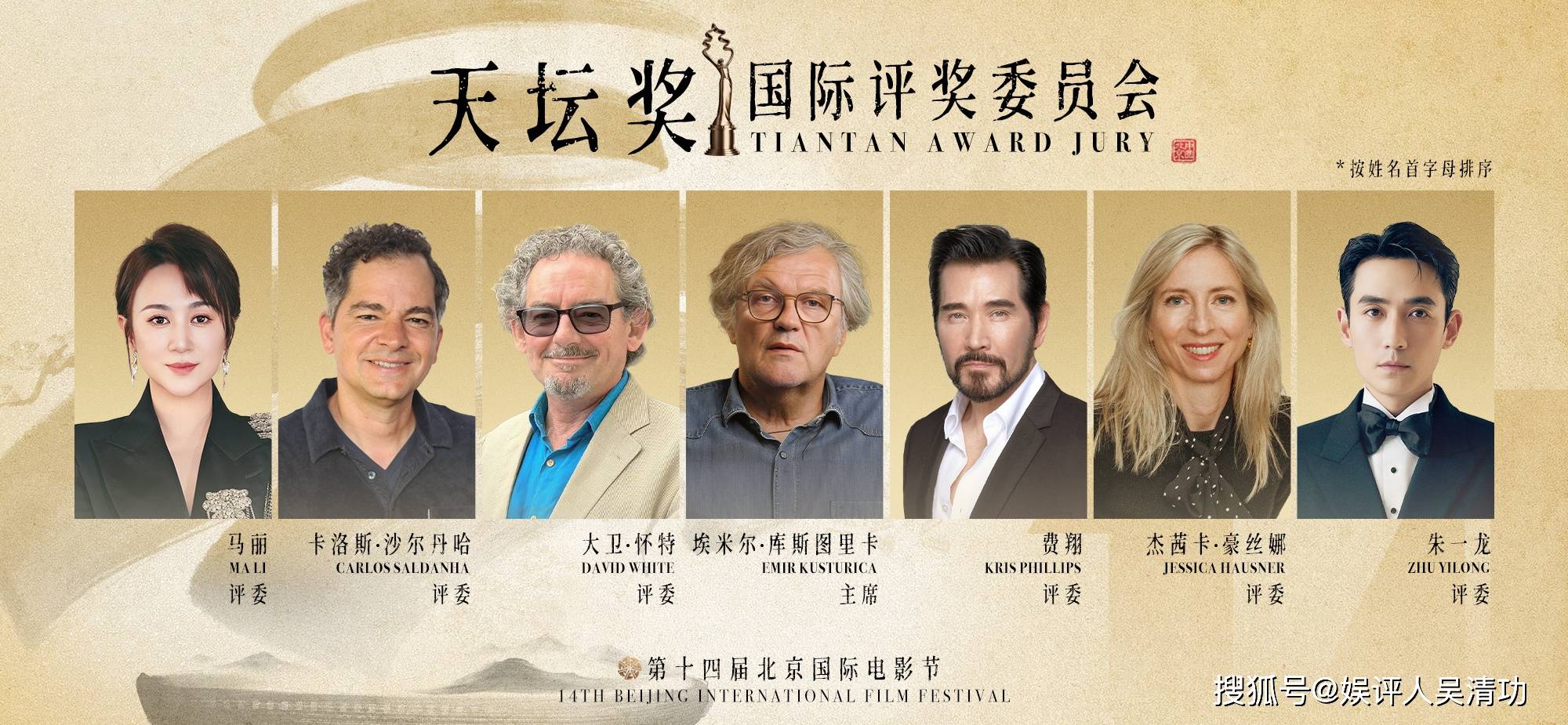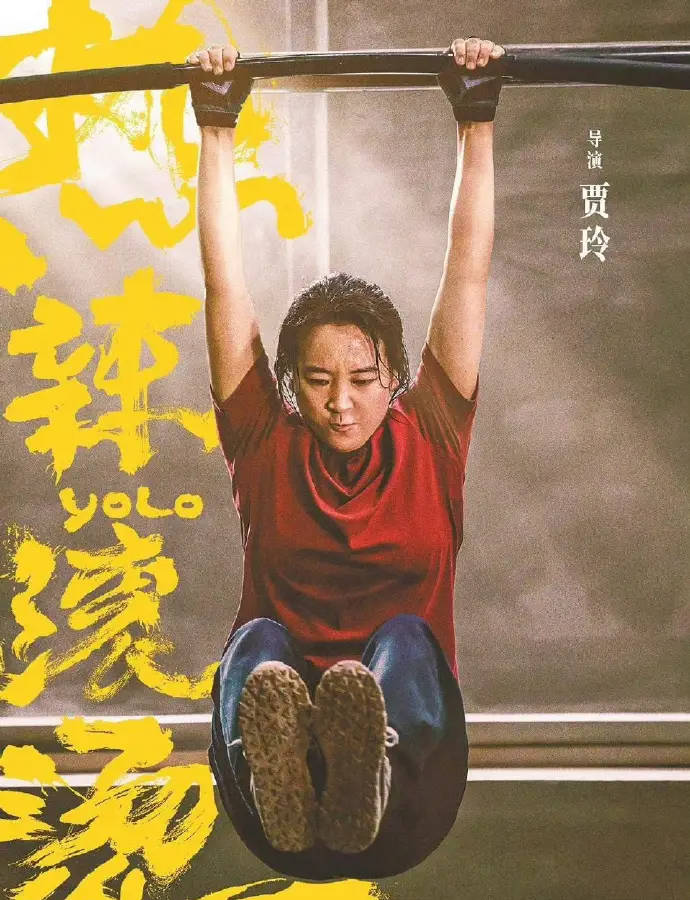Trauma of Australia鈥檚 Indigenous 鈥楽tolen Generations鈥?is still affecting children today
2020-04-04 18:07:56来源:
Indigenous children in Australia who live in families that experienced forced separations in much of the twentieth century are more likely than other Indigenous children to have poor health and negative school experiences, according to a landmark government report released this month.
As many as one in three Aboriginal and Torres Strait Islander children were taken from their families and communities between 1910 and the 1970s, under racist government policies that tried to force Aboriginal people to assimilate with white Australians. The children were brought up in institutions or foster homes, or were adopted by white families. The Australian government formally apologized to members of these 鈥楽tolen Generations鈥?in 2008.
In the latest report, the Australian Institute of Health and Welfare, a government-funded statistics agency, used existing data from surveys of Aboriginal and Torres Strait Islander people to conduct the first national study of how the forced separations have affected children in subsequent generations. Previous reports looked at the impacts of these policies on the Stolen Generations themselves, and on their adult descendants.
鈥淲hat all of this work around Stolen Generations is showing is that compared to other Aboriginal and Torres Strait Islander people, the Stolen Generations and their descendants are far worse off,鈥?says Richard Weston, a descendant of the Meriam people from the Torres Strait, and chief executive of the Healing Foundation in Canberra, a government-funded organization that is working towards healing for the Stolen Generations and their descendants, and which commissioned the report. 鈥淭rauma stays with people, and its impacts are far-reaching and they鈥檙e profound,鈥?says Weston.
Mostly worse off
The report examined health, cultural and socio-economic measures for about 7,900 Aboriginal and Torres Strait Islander children under the age of 15 who were living in households with at least one member of the Stolen Generations. These measures were compared with those of about 40,800 Indigenous children whose households included no adults who had been removed from their families as children. The relationships between the children and the members of the Stolen Generation in their households were not reported.
The analysis showed that 17.2% of Indigenous children living in Stolen Generations households reported having missed school without permission in the previous year, compared with 4.1% of the reference group. Children in Stolen Generation families were also nearly twice as likely to report having been 鈥渢reated unfairly鈥?at school because they were Indigenous, and 26% of Indigenous children living in Stolen Generations households rated their health as poor, compared with 19.2% of the comparison population.
Children living in Stolen Generations households were also 1.8 times as likely to have experienced stress in the previous 12 months, and 60% less likely to live in a home owned by a household member.
The analysis also considered the effects of other factors on the children鈥檚 health and socio-economic measures irrespective of whether they lived in a Stolen Generations household, such as age and gender, and whether the children lived in a remote area or in a household with someone who was employed, had completed school or had been incarcerated. The results show that removal has intergenerational effects even after controlling for these factors.
The report concludes that children living in a Stolen Generations household were more likely to experience adverse outcomes than were other Aboriginal and Torres Strait Islander children and that this 鈥渄emonstrates a transfer of intergenerational poverty and trauma鈥?
鈥淭he results from the survey show how much suffering is still being endured from these policies,鈥?says Maggie Walter, a Palawa woman from Tasmania and a sociologist at the University of Tasmania in Hobart. 鈥淚t is ricocheting through generations.鈥?/p>
But the report did find that Indigenous children living in Stolen Generations households were twice as likely as Indigenous children not living in these households to identify with a clan, tribal or language group, and to recognize an area as homeland.
Weston says this could suggest that cultural identity has been a source of strength and resilience for members of the Stolen Generations.
Although Walters thinks the report shines a light on the difficulties these children face, she worries that focusing on households will inadvertently place the blame on them. 鈥淭he risk with all of these things is that somehow it becomes Aboriginal families鈥?and communities鈥?fault that they are still living with the repercussions of those dreadful policies,鈥?she says. 鈥淲hat we need to be looking at is wider social and cultural reality in which that family, both current and previous generations, have lived their lives.鈥?/p>
Addressing trauma
Weston thinks the trauma caused by racist policies such as the forced removal of children is the root cause of the fact that Indigenous Australians, on average, die about ten years earlier than non-Indigenous Australians. Studies of the effects of childhood trauma in the United States show that it can increase the risk of substance misuse and mental and physical ill-health, and can limit employment opportunities.
But Weston says government initiatives are not adequately addressing trauma, and this is why, despite numerous policies over the past ten years, the life expectancy of Indigenous Australians has yet to improve significantly. The government acknowledges that the country is not on track to meet its goal of closing the life-expectancy gap by 2031.
Some researchers are also worried that the trauma is being repeated today, in Indigenous children who are being removed from their families under state child-welfare laws. Aboriginal and Torres Strait Islander children represented 5.5% of Australian children under 18 in 2016鈥?7, but 36.9% of all children placed in out-of-home care.
Walter says it is a contradiction for governments to say that they want to improve Indigenous life expectancy when Indigenous children are still being placed in out-of-home care. Removing children from their communities is contributing to these gaps, she says.
Although government policies state that Indigenous children should be placed with their extended family or families in their community before non-Indigenous carers, this isn"t always possible.
The high proportion of Aboriginal and Torres Strait Islander children in out-of-home care is a concern, says Ken Wyatt, a Noongar, Yamatji and Wongi man and the country鈥檚 minister for Indigenous Australians. Although child-protection systems are the responsibility of states and territories, Wyatt says, the national government is working to address the underlying factors that contribute to children being placed in out-of-home care, including intergenerational trauma.
Nature 570, 423-424 (2019)










